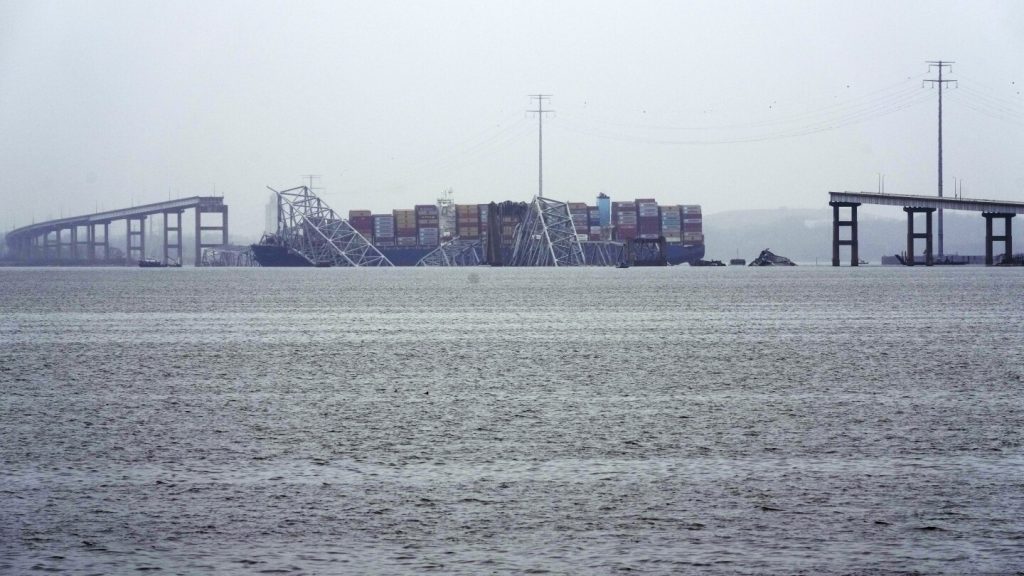Rebuilding the collapsed Francis Scott Key Bridge in Baltimore could take anywhere from 18 months to several years, with experts estimating the cost to be at least $400 million, potentially reaching over $1 billion. Factors affecting the timeline and cost include the design of the new bridge, government approval processes, and funding sources. While some experts believe the project could be completed in as little as 18 months, others predict a timeline of five to seven years. The tragedy has led to the closure of a busy port and a portion of the Baltimore beltway, impacting transportation in the area.
Comparisons have been drawn to similar bridge disasters in the past, such as the collapse of the Sunshine Skyway Bridge in Florida in 1980, which took five years to rebuild and went over budget. However, more recent cases like the Interstate 35W bridge collapse in Minnesota in 2007 saw a new bridge erected in less than 14 months, showcasing the potential for efficient reconstruction efforts. Government agencies are expected to collaborate to expedite the permitting and approval processes, ensuring timely completion of the project.
One of the key concerns is securing funding for the new bridge, with President Joe Biden promising federal support but the specifics still pending. Sen. Amy Klobuchar has emphasized the importance of emergency funding to address disasters of this scale, highlighting the significance of Baltimore’s major port in the reconstruction efforts. The cost of the project is a significant factor, with estimates ranging from $400 million to over $1 billion depending on the design chosen and material availability.
Design choices, such as opting for a suspension bridge or cable-stayed span, will impact the overall cost and construction process. The current backlog for steel and limited availability of construction companies capable of undertaking such a project are additional challenges. While some experts believe utilizing the old pier foundations could reduce costs, considerations regarding the location of new supports to prevent future collisions may complicate the design. Overall, the process of designing, permitting, and constructing a new bridge is expected to take several years, despite efforts to prioritize the project.
Replacing the Key Bridge represents a complex and time-consuming endeavor, requiring coordination among various stakeholders and adherence to regulatory requirements. Engineering experts caution that despite the urgency of the situation, rushing the construction process could lead to higher costs and potential safety issues. The rebuilding of an essential infrastructure like the Key Bridge serves as a reminder of the challenges and complexities involved in addressing large-scale disasters and the vital role of collaboration, funding, and planning in ensuring successful reconstruction efforts.


